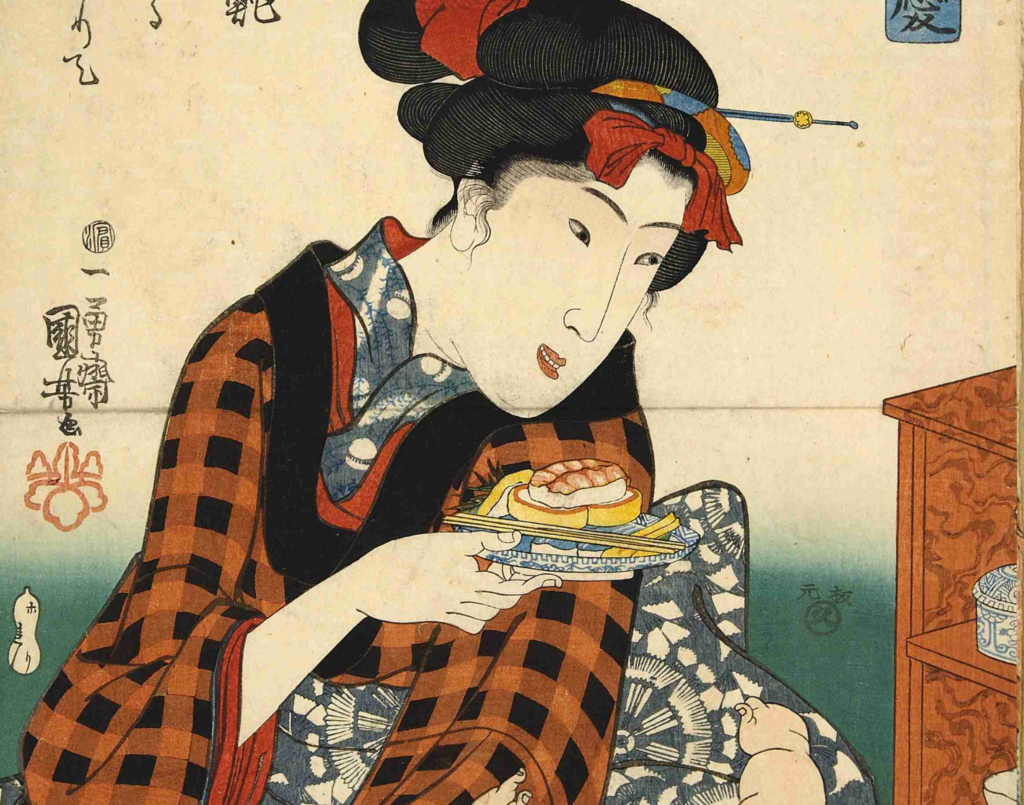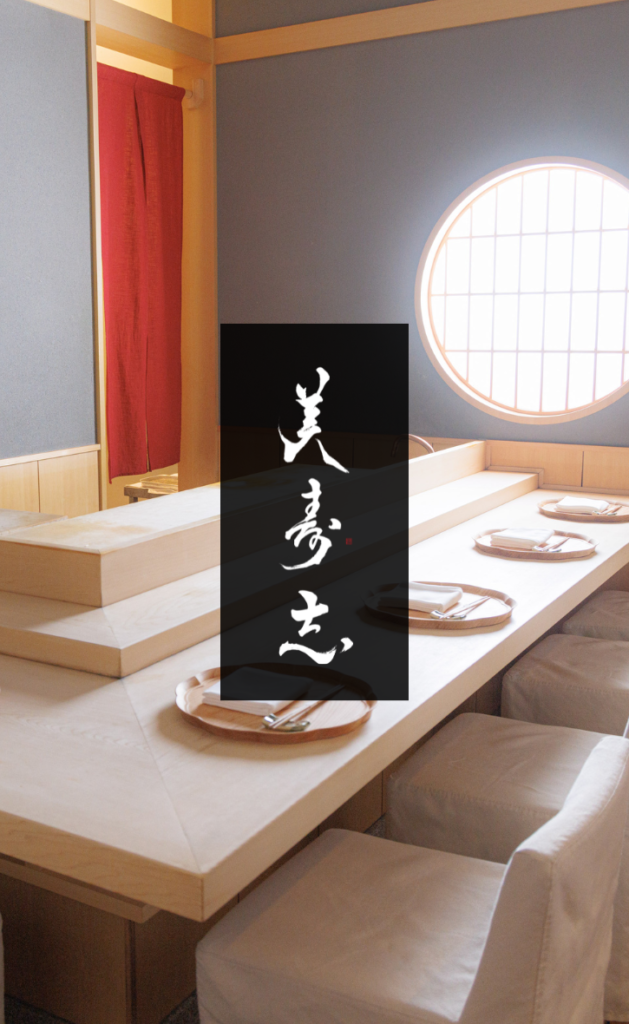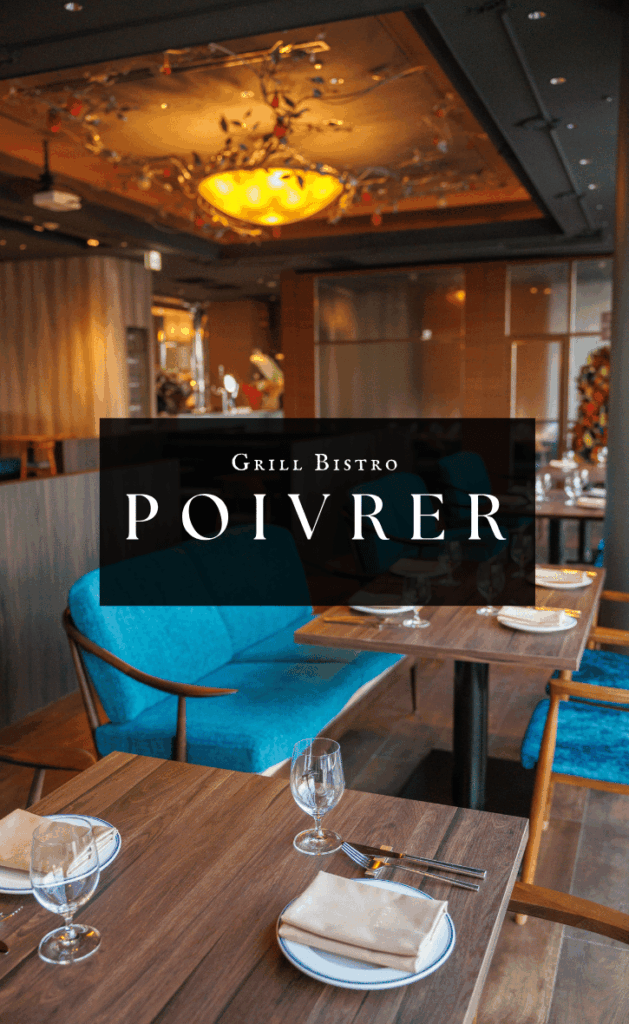MISUJI History
The Origin of Sushi Making Technique
Nigiri sushi, originally known as “Nigiri-Zuke,” swept through Edo, and by the end of the Edo period, nearly all sushi establishments were selling nigiri sushi.
During this era, in 1855, Misuji opened its doors in the area now known as Hikibashi-cho in East Ginza.
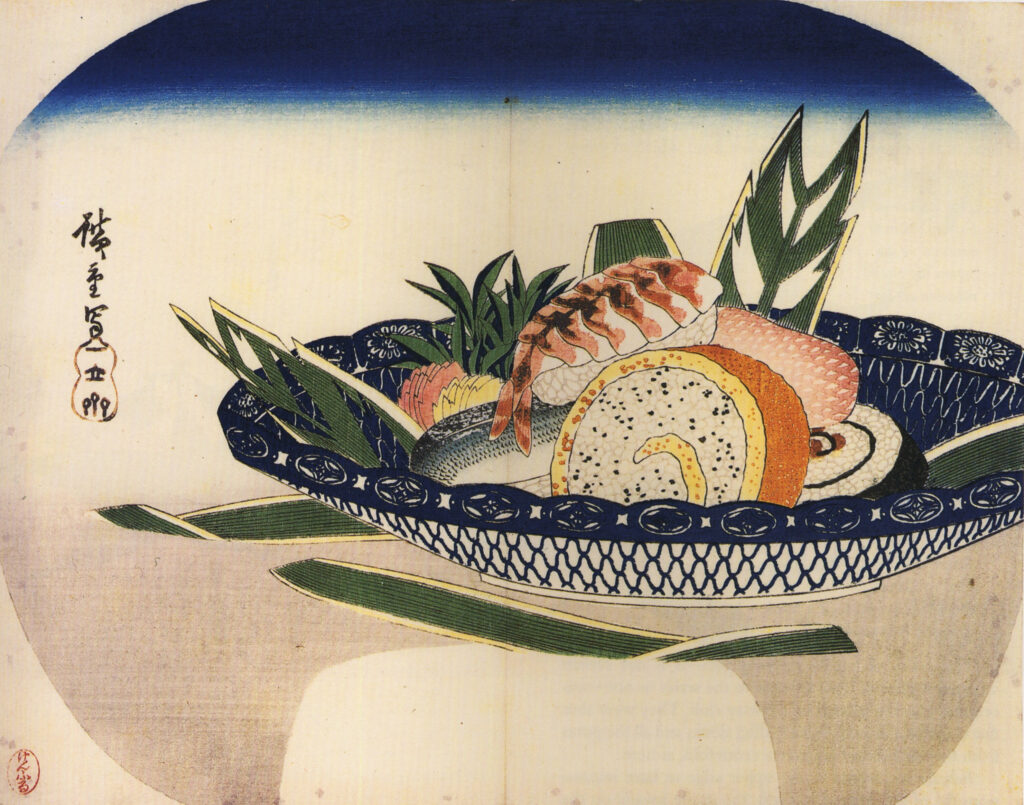
The system of alternate attendance by domain lords fostered cultural exchanges of regional specialties between Edo and their rural domains, sparking new culinary cultures. Food enriched daily life, with abundant seafood from Edo Bay and nearby rivers diversifying the diets of the citizens. During this time, a domain chef, Koike Matasaburo, aimed to serve sushi using fresh seafood from Edo to the lords and retainers visiting during their alternate attendance, eventually creating his unique style.
His developed technique involved topping small mounds of rice with vinegar-seasoned, preserved fish. This unique way of eating later became popular among the general public through a stall named “Misuji” in the surrounding Ginza area. By the Meiji era, the original spirit of “serving delicious sushi beautifully and entertaining guests for a long time” was faithfully carried on, and the elusive nigiri technique “Hon-Temae” was perfected. This technique is a classical method in nigiri-making and can be considered the origin of all nigiri techniques. The “Ko-Temae,” used by many modern artisans, is a simplified form of the first half of the Hon-Temae process.
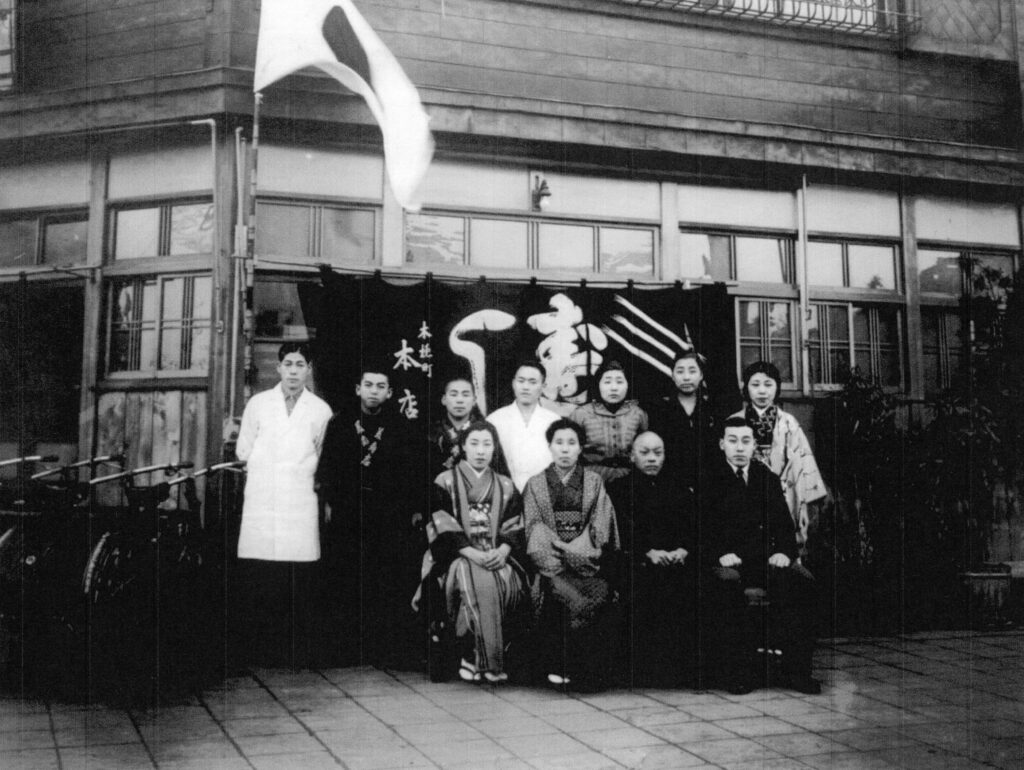
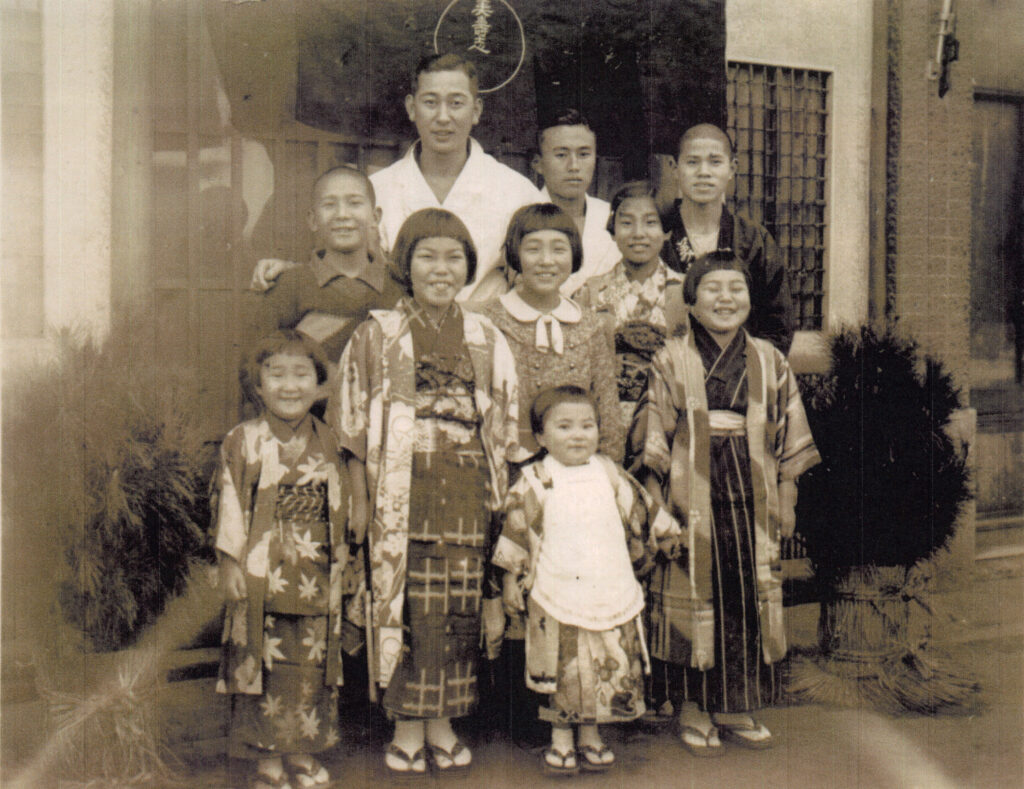
With the advancement of technology for preserving seafood in fresh conditions during the early Showa period, the modern Edomae sushi, consisting of plump vinegared rice topped with fresh sashimi, emerged. This new style became particularly famous in Ginza and then spread nationwide.
Within this context, sushi chefs who trained at “Misuji” opened their sushi restaurants. Among them were the founders of renowned establishments still highly esteemed today, such as the first master of “Ginza Kyubey,” Imada Juji, the second generation of “Sushi Kobo Honten,” Sugiyama Munekichi, and “Nihonbashi Sushikane”’s Suzuki Mamoru. Thus, the cultural exchanges triggered by the alternate attendance system played a crucial role in the development of sushi culture, with its influence deeply embedded in modern times.
